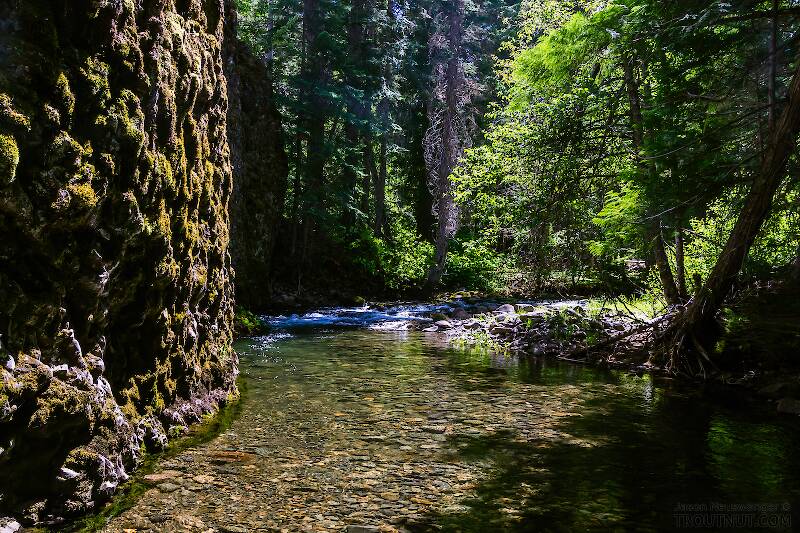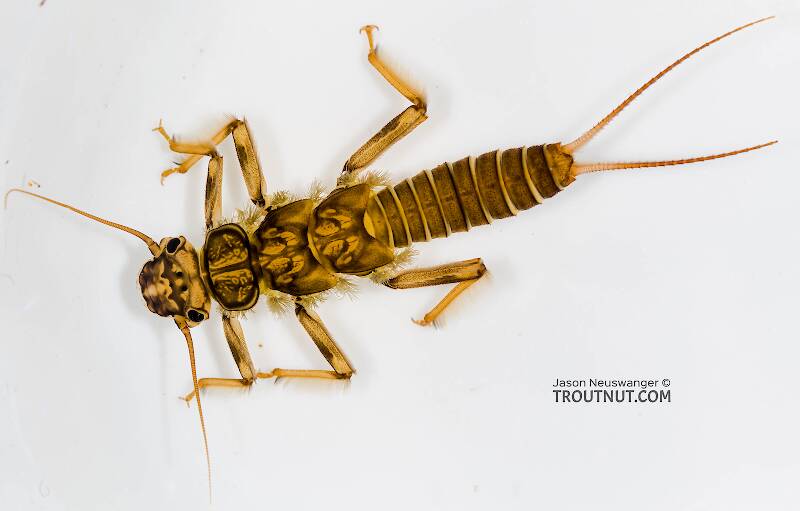
Hex Mayflies
Hexagenia limbata
The famous nocturnal Hex hatch of the Midwest (and a few other lucky locations) stirs to the surface mythically large brown trout that only touch streamers for the rest of the year.

Mayfly Species Leptohyphes zalope (Tricos)
Species Range
Physical description
Most physical descriptions on Troutnut are direct or slightly edited quotes from the original scientific sources describing or updating the species, although there may be errors in copying them to this website. Such descriptions aren't always definitive, because species often turn out to be more variable than the original describers observed. In some cases, only a single specimen was described! However, they are useful starting points.
Description from GBIFthe Global Biodiversity Information Facility
Source: Life stage descriptions, taxonomic notes, and new records for the mayfly family Leptohyphidae (Ephemeroptera)
Leptohyphes zalope was collected from two different sites on the island of Grenada. The first (Grand Bras River) is a small river flowing mostly through a forest, and substrate composed primarily of large rocks and boulders, cobble and sand with abundant leaf debris. The second river (St. Mark’s River) flows through mostly forest in the upper part of its drainage, and agricultural land at lower elevations. For most of its length, substrate consists primarily of large rocks and sand with little leaf debris. In both cases, larvae were collected from submerged leaf debris. On the island of Tobago, Leptohyphes zalope was collected in submerged leaf debris from a small stream flowing through forest, with substrate consisting primarily of rocks, cobble, and sand with much leaf debris present.
Start a Discussion of Leptohyphes zalope
Mayfly Species Leptohyphes zalope (Tricos)
Species Range
Common Name
Resources
- NatureServe
- Integrated Taxonomic Information System
- Global Biodiversity Information Facility
- Described by Traver (1958)


